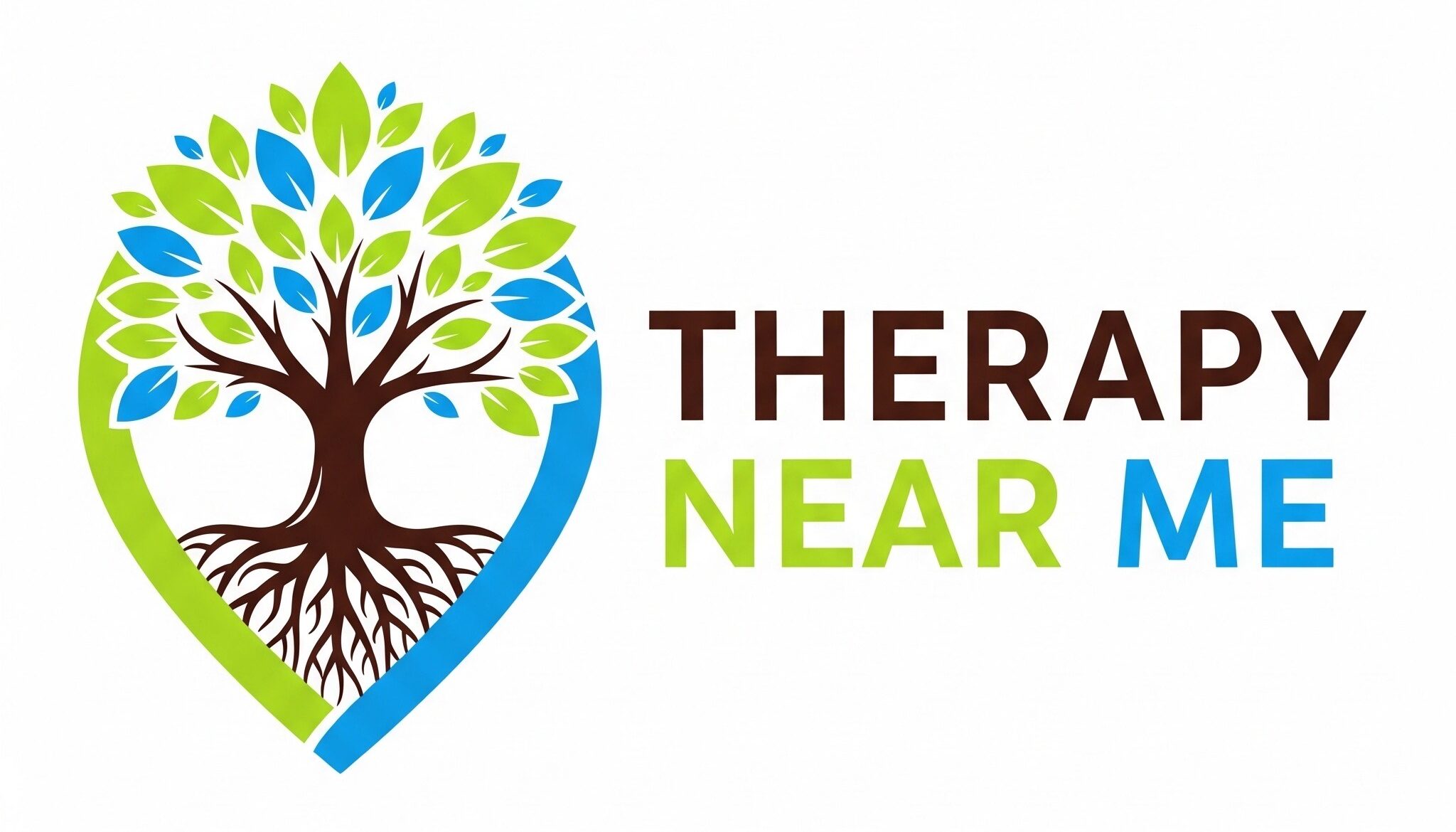The phrase “paralitic dreams” (often associated with sleep paralysis or terrifying dream experiences involving immobility) describes episodes during which individuals find themselves unable to move or speak while transitioning into or out of sleep (Cheyne 2016). Accompanied by vivid hallucinations or intense fear, these events can mimic nightmares but occur in a state of partial wakefulness—often referred to as “sleep paralysis” in clinical and research contexts (Sharpless & Barber 2011). This article examines the phenomenon of so-called paralitic dreams, exploring their causes, typical features, and evidence-based approaches for managing the distress they can cause.
Keywords: Paralitic dreams, Sleep paralysis, Parasomnia episodes, Hallucinations in sleep, REM atonia, Night-time arousal disorders
1. What Are Paralitic Dreams?
1.1 Sleep Paralysis and Dream-Like Hallucinations
Technically, “paralitic dreams” appear to reflect sleep paralysis—a parasomnia where muscle atonia (muscle relaxation or paralysis) normally occurring during REM (rapid eye movement) sleep intrudes into wakefulness (American Academy of Sleep Medicine [AASM] 2014). Individuals experiencing it may feel conscious but remain physically immobilised for seconds to minutes. Concurrently, they often perceive vivid auditory, visual, or tactile hallucinations, giving rise to terrifying “dreams” or illusions of intruders, pressure on the chest, or malevolent presences (Sharpless & Barber 2011).
1.2 Cultural and Historical Interpretations
Many cultures historically attributed these events to supernatural entities—demons, ghosts, or “old hag” folklore—due to the potent sense of presence or oppression in the bedroom (Cheyne 2016). Modern sleep science links such experiences to the overlap of REM-based dreaming processes and partial wakefulness, explaining the mismatch between mental awareness and persistent muscle atonia.
2. Causes and Risk Factors
2.1 Disrupted Sleep Patterns
Irregular sleep schedules, jet lag, or shift work can increase the probability of sleep paralysis episodes (AASM 2014). Sudden changes in bedtime or duration of sleep are associated with a higher incidence of REM intrusion upon waking, thus fostering these paralysis episodes (Sharpless & Barber 2011).
2.2 Stress and Anxiety
Chronic stress, heightened anxiety, or recent traumatic events often correlate with more frequent or intense episodes. During these states, heightened arousal or emotional distress may intensify dream imagery, exacerbating the “paralytic” nature of hallucinations (Cheyne 2016).
2.3 Narcolepsy and Other Sleep Disorders
While “paralitic dreams” can occur in the general population, they are notably more common in conditions like narcolepsy (AASM 2014). Narcoleptic patients often experience excessive daytime sleepiness and cataplexy—sudden muscle weakness triggered by strong emotions—alongside recurrent sleep paralysis.
3. Typical Experiences and Emotional Responses
3.1 Hallucination Types
- Incubus Phenomenon: The sense of a weight on the chest or difficulty breathing, sometimes coupled with looming figures.
- Intruder Hallucinations: Perception of a threatening entity or attacker nearby.
- Vestibular-Motor Hallucinations: Sensations of floating, flying, or out-of-body experiences (Cheyne 2016).
These illusions often merge or shift rapidly, leaving the individual highly alarmed or fearful upon fully awakening.
3.2 Emotional Intensity
The immobility inherent in sleep paralysis triggers acute panic, magnifying any dreamlike elements. People commonly recall a profound sense of dread, helplessness, or even suffocation, sometimes believing the hallucinations reflect real intruders (Sharpless & Barber 2011). Repeated episodes can engender lingering anxiety around bedtime or insomnia.
4. Psychological and Physiological Explanations
4.1 REM Intrusion Hypothesis
During REM sleep, most skeletal muscles (except those involved in breathing and eye movement) remain “paralysed” to prevent acting out dreams (AASM 2014). In sleep paralysis, the mental awareness characteristic of wakefulness emerges prematurely, while the body remains locked in REM atonia. Thus, dream imagery fuses with conscious perception, spawning vivid illusions.
4.2 Hyper-Vigilance and the Brain’s Threat Detection
Neurological models propose that the partial awakening state intensifies the brain’s threat-monitoring systems (Cheyne 2016). Common illusions of an intruder or dark presence might reflect an evolutionary drive to remain vigilant when physically immobilised.
4.3 Cognitive-Behavioural Factors
Individual beliefs, cultural background, and anxiety levels shape the content and emotional intensity of these episodes (Sharpless & Barber 2011). People who dread future episodes or interpret them through supernatural lenses may reinforce heightened fear, making reoccurrences more distressing.
5. Managing and Reducing Paralitic Dream Episodes
5.1 Sleep Hygiene and Consistency
- Stable Sleep Schedule: Regular bedtimes and wake times reduce abnormal REM intrusions (AASM 2014).
- Adequate Rest: Ensuring 7–9 hours of consistent sleep fosters balanced REM and NREM cycles (Sleep Health Foundation [SHF] 2021).
- Limit Stimulants: Minimising caffeine or nicotine use near bedtime helps stabilise sleep architecture.
5.2 Stress and Anxiety Reduction
- Relaxation Techniques: Practising mindfulness or progressive muscle relaxation can ease nighttime tension (Irwin 2015).
- Cognitive-Behavioural Therapy (CBT): Identifying and restructuring irrational fears about sleep paralysis episodes can lessen anxiety and reduce frequency (Sharpless & Barber 2011).
5.3 Handling Episodes
- Focus on Breathing: During an episode, attempting calm, rhythmic breaths and reminding oneself that the paralysis is temporary can diminish panic.
- Subtle Movements: Concentrating on wiggling fingers or toes might help break the REM atonia.
- Mental Reframing: If hallucinations occur, acknowledging them as a product of the dream state rather than reality can reduce fear and shorten the experience (Cheyne 2016).
5.4 Professional Intervention
Frequent or particularly frightening episodes that cause significant distress warrant clinical assessment. A GP or sleep specialist can investigate underlying conditions, such as narcolepsy or insomnia, and may recommend short-term use of medication or targeted psychological therapies (AASM 2014).
6. Research Gaps and Future Directions
6.1 Cultural Variations
Further cross-cultural studies could shed light on how different societies interpret and cope with “paralitic dreams.” Beliefs about ghosts, witches, or ancestral spirits might shape subjective experiences of sleep paralysis (Cheyne 2016).
6.2 Neuroimaging and Mechanisms
Increasing application of functional MRI or EEG in sleep research might unveil specific brain networks active during partial arousal states. Clarifying these circuits could inform more personalised prevention strategies (Sharpless & Barber 2011).
6.3 Integration of Psychological Support
Future research might test combined interventions—like psychoeducation, stress management, and REM-targeted therapies—to reduce the emotional toll of repeated episodes (Irwin 2015). Large-scale trials could confirm best practices for patients experiencing frequent or debilitating “paralitic” nightmares.
Conclusion
“Paralitic dreams” typically align with episodes of sleep paralysis, a phenomenon in which the body remains locked in REM atonia while the mind partially awakens, leading to vivid hallucinations and intense fear (Cheyne 2016). Although distressing, these events are generally benign and often mitigated by a stable sleep routine, stress reduction measures, and awareness that the paralysis is transient (Sharpless & Barber 2011). For those with persistent or severe episodes, medical or psychological guidance can clarify any underlying sleep disorders and provide coping mechanisms that restore confidence and restful nights.
References
- American Academy of Sleep Medicine (AASM) 2014, International Classification of Sleep Disorders, 3rd edn, AASM, Darien, IL.
- Cheyne, J.A. 2016, ‘Sleep Paralysis and the Structure of Waking-Nightmare Hallucinations’, Consciousness and Cognition, vol. 39, pp. 48–59.
- Irwin, M.R. 2015, ‘Why Sleep Is Important for Health: A Psychoneuroimmunology Perspective’, Annual Review of Psychology, vol. 66, pp. 143–172.
- Sharpless, B.A. & Barber, J.P. 2011, ‘Lifetime Prevalence Rates of Sleep Paralysis: A Systematic Review’, Sleep Medicine Reviews, vol. 15, no. 5, pp. 311–315.
- Sleep Health Foundation (SHF) 2021, Understanding Sleep Disturbances, SHF, viewed 9 February 2025, https://www.sleephealthfoundation.org.au/.
- Shapiro, C.M. & Trajanovic, N.N. (eds) 2020, Parasomnias and Other Sleep-Related Movement Disorders, Elsevier, Philadelphia.
Enjoyed Our Free Daily Mental Health Articles?
If you find value in our insights and resources, we’d love to hear from you! Please consider visiting our Google Business Profile nearest to your location and leaving a review. Your feedback not only helps us improve but also allows us to continue providing free, high-quality mental health articles to support your wellbeing every day. Thank you for your support!
How to get in touch
If you or your NDIS participant need immediate mental healthcare assistance, feel free to get in contact with us on 1800 NEAR ME – admin@therapynearme.com.au.
Discover more from Therapy Near Me
Subscribe to get the latest posts sent to your email.






